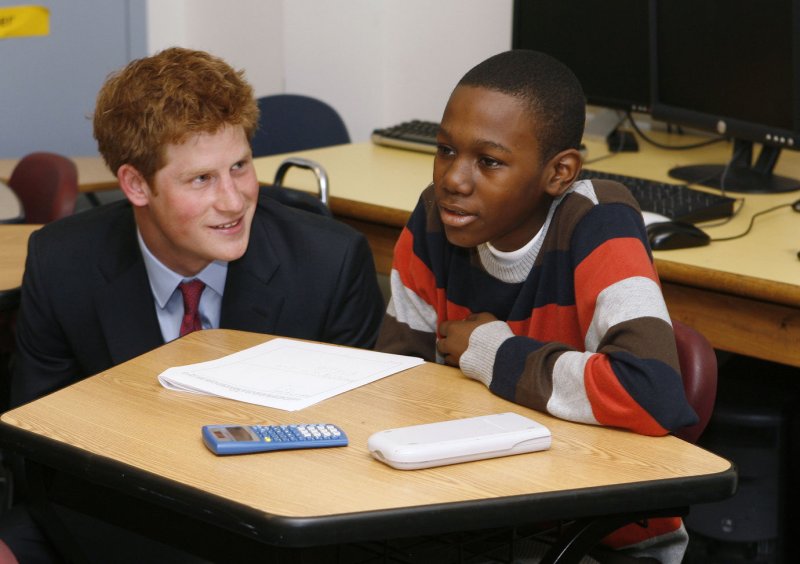LONDON, April 19 (UPI) -- Up to 10 percent of the population is affected by specific learning disabilities such as dyslexia and autism, British researchers say.
"We now know that there are many disorders of neurological development that can give rise to learning disabilities, even in children of normal or even high intelligence, and that crucially these disabilities can also co-occur far more often that you'd expect based on their prevalence," Brian Butterworth of the University College London's Institute of Cognitive Neuroscience Butterworth said in a statement.















